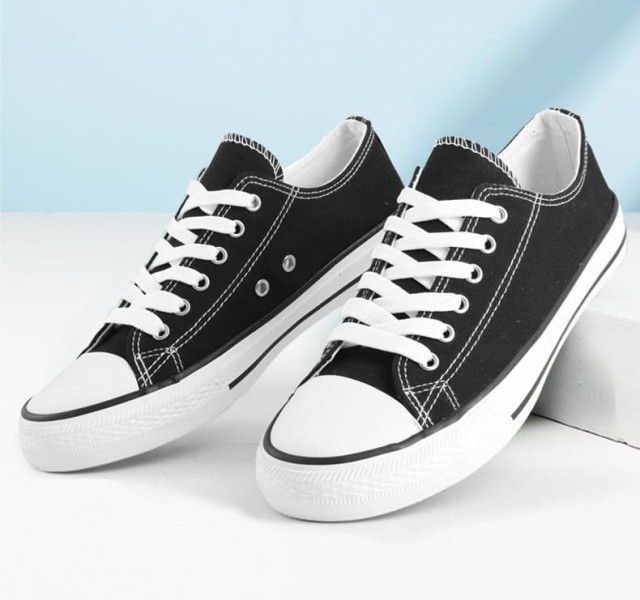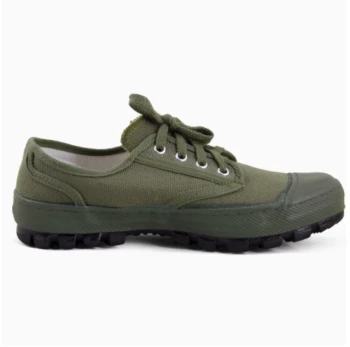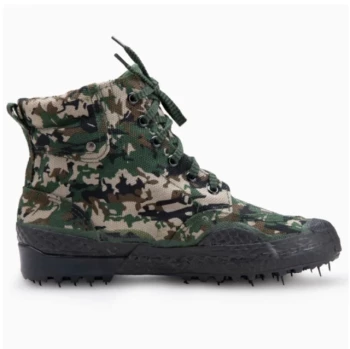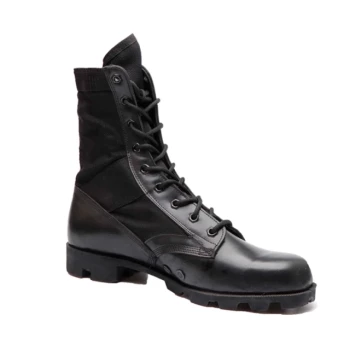For nearly two centuries, vulcanized rubber has been the unsung hero of material science—transforming ordinary rubber into an engineering marvel capable of withstanding extreme conditions. This article reveals why industries from automotive to healthcare rely on this chemically enhanced material, and how its unique properties solve critical performance challenges.
The Science of Vulcanization
Cross-Linking Polymers: The Chemistry Behind Durability
At its core, vulcanization is a molecular revolution. When natural rubber sap undergoes heating with sulfur at 140–160°C, the polymer chains form cross-links—think of these as microscopic bridges that lock the material’s structure. Research shows this process:
- Triples tensile strength compared to untreated rubber
- Creates elastic memory that returns to original shape after deformation
- Blocks fluid penetration by sealing microscopic pores
This explains why vulcanized rubber maintains flexibility in Arctic temperatures yet resists melting in desert heat—a duality unmatched by synthetic alternatives.
Thermal Resistance and Elastic Memory
The cross-linked structure grants vulcanized rubber two superpowers:
- Heat Tolerance: Withstands temperatures exceeding 100°C without degrading—critical for engine components facing friction-induced heat.
- Recovery Capacity: Returns to 95%+ of original form after compression, unlike plastics that develop permanent deformations.
Have you considered how shoe soles retain their shape after thousands of steps? That’s vulcanized rubber’s elastic memory in action—quietly ensuring longevity in everyday products.
Key Industries Relying on Vulcanized Rubber
Automotive: Beyond Tires to Engine Components
While tires consume over 70% of vulcanized rubber production, modern vehicles contain 200+ rubber parts engineered for:
- Vibration damping: Motor mounts absorb engine oscillations
- Fluid containment: Fuel hoses resist ethanol corrosion
- Electrical insulation: Battery casings prevent short circuits
Leading manufacturers now integrate vulcanized rubber in EV battery packs, where its thermal stability protects sensitive lithium-ion cells.
Footwear Engineering: From Casual Sneakers to Safety Boots
The footwear industry leverages vulcanization for:
- Slip-resistant soles: Cross-linking creates micro-textures that grip wet surfaces
- Longevity: Vulcanized outsoles last 2–3x longer than PVC alternatives
- Customization: Allows precise density adjustments for running vs. work boots
For bulk footwear buyers like distributors and brands, this translates to products that withstand years of abrasion—a key factor in reducing replacement costs.
Emerging Applications and Innovations
Medical Devices: Sterilization-Compatible Rubber
Hospitals now utilize vulcanized rubber for:
- Autoclavable seals: Withstand 121°C steam sterilization cycles
- Implant tubing: Remains flexible inside the body for decades
- Grip enhancements: Gives surgical tools slip-free handling
Heavy Machinery: Abrasion-Resistant Seals
Mining and construction equipment benefit from:
- Sand-resistant bushings: Last 8–12 months in quarry environments
- Hydraulic seals: Maintain integrity under 300+ psi pressures
- Impact-absorbing pads: Reduce metal fatigue in crushers
Ready to leverage vulcanized rubber’s advantages for your product line? As a full-service footwear manufacturer, 3515 specializes in high-performance vulcanized soles tailored to your market—whether you’re a distributor needing bulk safety boots or a brand developing technical sneakers. [Contact our engineering team] to discuss material specifications that align with your durability and cost targets.
From the shoes protecting workers on oil rigs to the tires enabling cross-continental trucking, vulcanized rubber remains the backbone of industries where failure isn’t an option—proving that sometimes, the most transformative innovations are the ones we rarely notice.
Related Products
- Durable Rubber Sole Outdoor Shoes Wholesale & Custom Manufacturing
- Wholesale High-Traction Camo Boots - Custom Manufacturer for Brands
- Durable Rubber-Soled Utility Shoes for Wholesale & Custom Brand Manufacturing
- Wholesale Durable Camo Canvas Shoes with High-Traction Rubber Soles
- Durable Canvas Work Shoes with Rubber Lug Sole | Wholesale Manufacturer
Related Articles
- Vulcanized Shoes Decoded: When They Shine and When to Choose Alternatives
- Why Vulcanized Soles Dominate Technical Skateboarding: A Science and Performance Breakdown
- How Vulcanized Rubber Engineering Creates Unbeatable Outdoor Boots
- How Vulcanized Shoe Construction Delivers Unmatched Durability and Flexibility
- Why Vulcanized Shoes Dominate Durability and Comfort: A Technical and Practical Guide



















